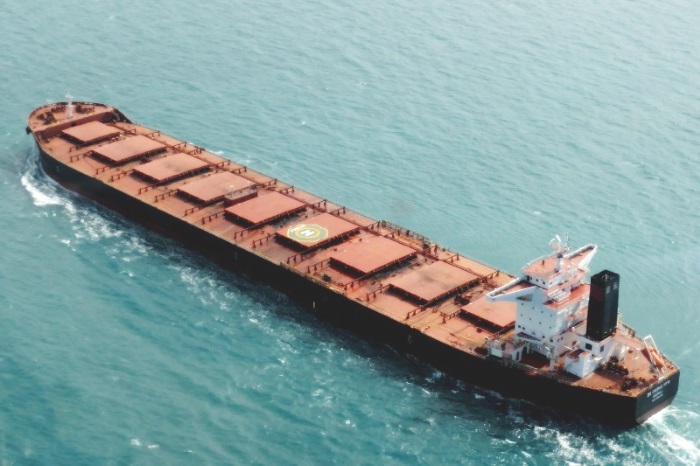The role of alternative fuels in powering the low-carbon economy will dramatically increase volumes of renewable ammonia, outstripping growing volumes of renewable methanol.
In a new Foresight article, Maritime Strategies International predicts that the next 25 years are likely to see ammonia trade transformed with clean ammonia providing new demand for close to 400 very large gas carriers, compared to a current fleet of 375 focused on carrying LPG.
In contrast, though a requirement for around 215 methanol carriers will be significant, it compares to an aggregate methanol-capable 35,000dwt and above fleet of 280 at the end of 2023.
Despite facing high costs and safety issues, clean ammonia’s role as a prospective marine bunker fuel, a hydrogen carrier for use in power generation, and industry feedstock has solidified its place in the green transition, especially for high-volume uses
This signals a marked transformation for the industry, which has been focused on fertilizer production, to one driven by energy markets. Future volumes of clean ammonia (blue and green) are set to dwarf the existing grey trade. The nascent industry is anticipated to achieve clean exports in the region of around 30 million tonnes by 2030 and could top 300 mt by 2050.
Production of clean methanol is also ramping up, driven by uptake agreements for methanol as a marine fuel, its use as a chemical feedstock, and its role in the wider hydrogen economy.
Whilst sharing similar drivers, clean methanol trade is forecast to be significantly lower than that of ammonia, with 2030 seeing around 15 mt of product traded, of which 9 mt will be green. By 2050 global clean methanol trade is expected to rise to 100mt – equivalent to one-third of the amount of clean ammonia trade.
Despite MSI’s model showing a relatively slow start for clean methanol trade, incremental growth is expected year-on-year from 2026 with the consultancy forecasting exports to be equivalent to 40% of the projected grey methanol trade by 2030.
“The prospects for hydrogen trade are developing rapidly but are still theoretical and estimates prepared by bodies such as the IEA and the Hydrogen Council provide a wide range of potential outcomes,” notes the article’s author, MSI Director Stuart Nicoll. “Major infrastructural challenges remain before significant trade can become a reality but investment is flowing into the sector, while intergovernmental agreements are being signed and MOUs for trade proliferate.”
Source: Hellenic Shipping News






